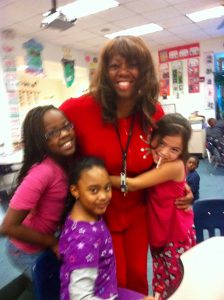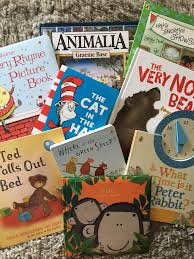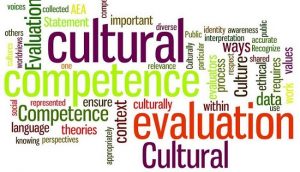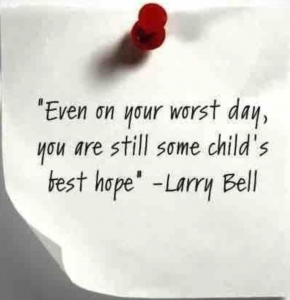
I know my students well. academically, socially, and emotionally. The first week of school I spend quality time getting to know my students. The first day of school, I have my students complete an essay, “What is something you really wished your teacher knew about you?” I give students time to complete the essay independently, then I meet with them individually to have a discussion about their essay. You will be surprised by the information that you can glean from the essays and the conversations. Students can be very candid in their written and oral responses. You must use your professional discretion with the information that your students provide.
Then, I have students complete an interest survey. (See Attachment)
https://www.scholastic.com/content/dam/teachers/blogs/john-depasquale/2017/JD-Survey-Survey.pdf
I used homework assignments to assist me in incorporating parent’s perspectives, learning more about the community, and developing a deeper understanding of the students that I serviced.
Sample Homework Questions
Interview your parent about the following topics: “What makes my family unique?” or “What goals should we set for school and why?”
What do you and your family do for fun?
Who are the people in your immediate family? Explain your relationship to them.
Share any family traditions or holidays? Explain why this is important to your family.
Who is the funniest person in your family? Share a funny story about this person.
What is your family’s favorite thing to do together? Share why this is your favorite thing to do.
What is you or your family’s favorite TV show? Explain why you like this show
What is your or your family’s favorite song? Explain why this is your favorite song.
What is your favorite movie? Explain why this is your favorite movie.
What do you like to do on the weekends?
What do you like most about school?
What do you like to do on a rainy day?
Tell me about a family trip. Where did you go and what did you do? Would you recommend this trip to a friend? Why or why not.
Describe your community. Describe any community workers and their jobs that you see in your neighborhood.
What community members or community places do you visit on a regular basis? Explain why
Family projects
Create a family mural to share with your peers.
Bring something from home that you can share to help your friends learn more about your family.
Create a family tree
Create a family crest. A family crest consists of a shield with a symbol and motto to represent your family.
Create a map of your neighborhood
Create a brochure to describe your neighborhood (homes, apartments, businesses, hang-outs, community helpers)
Regardless of the questions or tool that you choose, it’s important that we just ask. Asking your students’ personal questions demonstrates that you are sincerely interested in knowing more about them as individuals. This is a powerful way to build a positive learning community. It tells students their voices and perspectives are valued, and it creates a classroom culture that acknowledges and responds to students’ unique needs and preferences. These activities are designed to create a virtual home visit with your students to share and celebrate their family traditions and cultures. Although home language is encouraged, these seemingly informal assignments should be prepared formally. Students should present their homework in a G-rated way (anyone can view or read it and free from profanity etc). Help students to know when and why it is appropriate, while valuing their home culture and language at the same time.
The classroom is a place where you can help your students develop a connection with the curriculum by incorporating their life experiences within the classroom. The information that you can glean from these activities should be used to design more inclusive lesson activities that are directly related to the curriculum. Building authentic relationships with your students will motivate them to meet and exceed your high expectations.

Dr. Vanessa Howard
Founder



